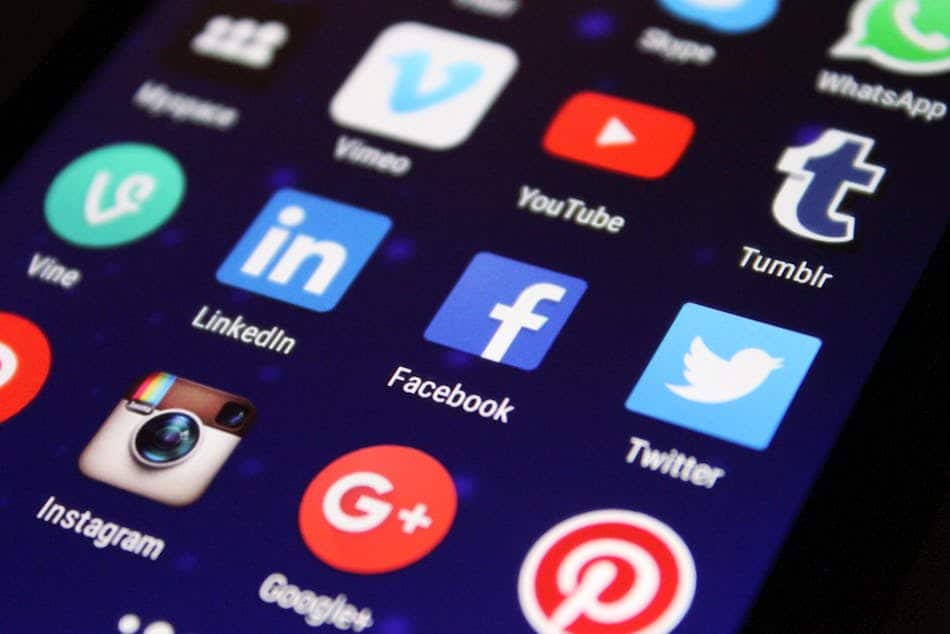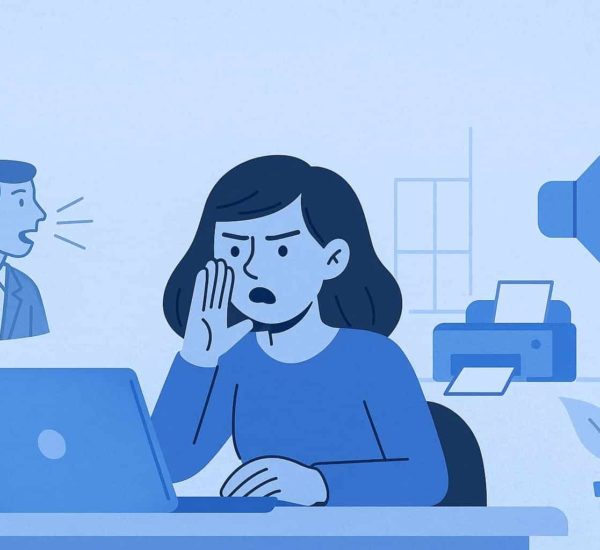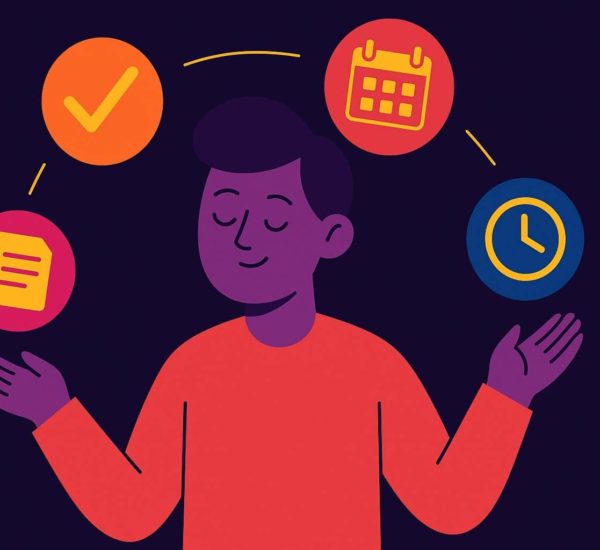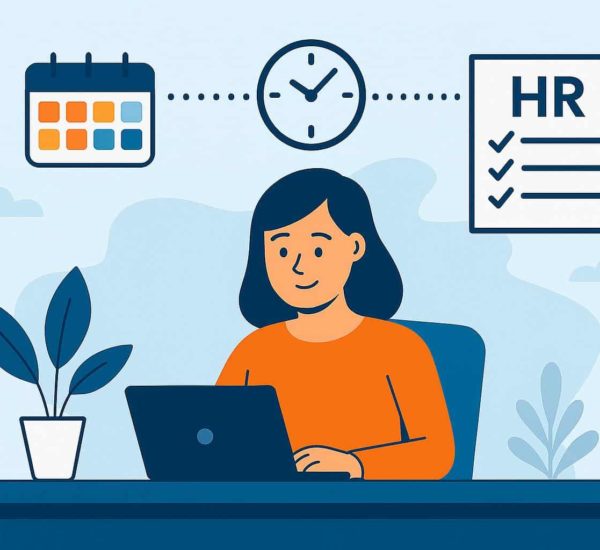Ever feel like your phone is running your life? You’re not alone. With constant notifications, endless scrolling, and the urge to check messages every few minutes, it’s easy to become glued to screens without even realizing it. But all that screen time can take a toll—on focus, sleep, and even mental health. That’s where a digital detox comes in.
A digital detox isn’t about ditching technology forever—it’s about taking intentional breaks to regain control over your time, focus, and well-being. Whether it’s a mobile detox for a weekend or a long-term digital cleansing strategy, small changes can help break the cycle of mindless scrolling. Ready to give your brain a breather? Let’s explore how to detox from your phone and create a healthier relationship with technology.
Understanding Tech Fatigue
Tech fatigue is the exhaustion—both mental and physical—that comes from excessive screen time and digital overload. It can lead to burnout, anxiety, eye strain, and disrupted sleep patterns. The constant barrage of notifications, the expectation to always be available, and endless information consumption can leave people feeling mentally drained.
A major cause of tech fatigue is its effect on the body’s internal clock. Screens emit artificial light that interferes with sleep by throwing off the body’s natural rhythm, making it harder to rest and stay focused. This issue is especially common in workplaces where digital devices are unavoidable, leading to fatigue and reduced cognitive performance.
Studies show that adults feel uneasy when they can’t access their phones, while 18many cite technology as a primary productivity decliner. Over time, tech fatigue can hinder productivity, weaken decision-making skills, and negatively affect overall well-being in both personal and professional settings.
Implementing Digital Detox Strategies in the Workplace
Encouraging a digital detox in the workplace doesn’t mean eliminating technology—it’s about creating a healthier balance. Here are five effective strategies to reduce tech fatigue and improve employee well-being:
1. Establish Tech-Free Breaks
Encourage employees to take scheduled breaks away from screens. Designate tech-free zones like break rooms or outdoor spaces where employees can disconnect, refresh their minds, and engage in non-digital interactions.
2. Promote Mindful Communication
Reduce digital overload by limiting unnecessary emails, messages, and notifications. Encourage teams to consolidate communication, set “no-notification” hours, and prioritize in-person or voice conversations when possible.
3. Encourage Flexible Work Practices
Implement policies that support screen-free flexibility, such as walking meetings, paper-based brainstorming sessions, or designated offline hours. Allow employees to step away from screens without guilt, improving focus and creativity.
4. Educate on Healthy Tech Habits
Offer workshops or resources on digital detox strategies, such as setting app limits, using blue light filters, or creating evening screen-free routines. Providing employees with tools to manage their screen time helps reduce tech fatigue and enhance overall well-being.
5. Lead by Example
Leadership should set the tone by practicing healthy digital habits themselves. When managers take screen breaks, limit after-hours emails, and encourage unplugged moments, employees are more likely to follow suit, fostering a healthier workplace culture.
6. Set Clear Boundaries for Work Hours
Encourage employees to log off at the end of the workday by implementing tech-free policies after hours. Discourage sending emails or messages outside of working hours to reduce pressure and promote a healthier work-life balance.
7. Implement “No-Meeting” Days
Designate specific days or time blocks where employees can focus on deep work without the distraction of virtual meetings. Reducing screen-based meetings can help alleviate tech fatigue and increase productivity.
8. Offer Screen-Free Wellness Activities
Introduce activities that encourage employees to step away from their devices, such as yoga sessions, meditation breaks, or company-sponsored outdoor walks. These activities promote mental clarity and help employees recharge.
9. Provide Alternatives to Digital Tools
Balance screen time by incorporating non-digital tools when possible. Encourage handwritten notes for brainstorming, use whiteboards in meetings, and provide physical planners as an alternative to digital task managers.
10. Gamify the Digital Detox Experience
Make phone detox fun by turning it into a friendly challenge. Offer incentives for employees who successfully reduce screen time, such as rewards for attending in-person discussions, completing tech-free breaks, or reducing non-essential notifications.
By integrating these digital detox strategies, workplaces can create a more balanced and employee-friendly environment, reducing tech fatigue while maintaining efficiency.
For Those Looking to Break Free From Phone Addiction
If you’re wondering how to detox from your phone, you’re not alone. A smartphone detox isn’t about ditching technology altogether—it’s about setting boundaries and using devices more mindfully. Here are some ways to embrace digital cleansing and take control of your screen time:
- Create a phone detox plan by setting daily screen limits and tracking usage.
- Try a mobile detox challenge where you unplug from social media or entertainment apps for a set period.
- Thinking about how to do a social media cleanse? Start by unfollowing distracting accounts and setting specific times to check your feeds.
- If you’re unsure how to do a digital detox, begin with small steps, like turning off non-essential notifications and avoiding screens before bed.
- A successful electronics detox means replacing screen time with healthier habits like reading, exercising, or outdoors.
A cell phone detox can help improve focus, reduce stress, and create a healthier relationship with technology. If you’re asking how to phone detox, the answer lies in making small, intentional changes that gradually reduce screen dependency.
Benefits of a Workplace Digital Detox
Encouraging a digital detox in the workplace isn’t just about reducing screen time—it’s about fostering a healthier, more productive work environment. Here’s how a technology detox can benefit both employees and businesses:
1. Improved Focus and Productivity
Excessive screen time and constant notifications can lead to distractions and tech fatigue. A structured phone detox helps employees concentrate better, complete tasks faster, and produce higher-quality work.
2. Reduced Stress and Burnout
A mobile detox encourages employees to take breaks from digital overload, reducing anxiety and preventing burnout. Fewer after-hours emails and notifications mean a better work-life balance.
3. Better Physical and Mental Well-Being
Extended screen time contributes to eye strain, poor posture, and sleep disturbances. A smartphone detox that includes screen-free breaks can improve overall health, reduce headaches, and promote better sleep quality.
4. Stronger Workplace Relationships
Over-reliance on digital communication can weaken in-person interactions. A cell phone detox promotes more face-to-face conversations, improving teamwork, collaboration, and workplace culture.
5. Enhanced Creativity and Problem-Solving
Taking a break from screens allows the brain to reset, leading to fresher ideas and better problem-solving skills. Employees engaged in digital cleansing often feel more inspired and innovative in their work.
Signs You Need a Digital Detox
With screens dominating daily life, it can be hard to tell when digital habits are harming well-being. Here are key signs that indicate it’s time for a digital detox:
1. You Feel Anxious Without Your Phone
If the thought of being without your device makes you uneasy, it could be a sign of phone detox dependence. Constantly checking notifications or feeling the urge to scroll can indicate digital overuse.
2. Your Sleep Is Disrupted
Excessive screen time, especially before bed, can interfere with melatonin production and disrupt the circadian rhythm. A technology detox that includes screen-free evenings can improve sleep quality.
3. You Struggle to Focus
Frequent phone checking, social media scrolling, and email alerts make it harder to concentrate. If tasks take longer than they should, a smartphone detox might help regain attention span and efficiency.
4. Your Screen Time Keeps Increasing
Many people don’t realize how much time they spend on their devices until they check their screen-time reports. If your daily hours are climbing, a mobile detox can help set healthier boundaries.
5. You Experience Eye Strain and Physical Discomfort
Headaches, dry eyes, and neck pain are common symptoms of tech fatigue. A cell phone detox that includes regular breaks from screens can reduce discomfort and improve overall well-being.
Recognizing these signs is the first step toward a healthier relationship with technology. If any of these resonate, it might be time to try a digital cleansing plan.

Best Tools and Apps to Support a Digital Detox
A digital detox doesn’t have to mean going completely offline. The right tools can help reduce screen time, manage distractions, and create healthier tech habits. Here are some of the best apps and methods to support your phone detox journey:
1. Forest – Stay Focused 🌱
- This app helps with smartphone detox by encouraging users to stay off their phones.
- Plant a virtual tree that grows when you avoid distractions—close the app too soon, and the tree dies!
2. Freedom – Block Distractions
- Great for mobile detox, this app blocks websites, apps, and even the entire internet for a set time.
- Helps remote workers and office employees focus better.
3. Moment – Screen Time Tracker
- Tracks screen time and offers coaching to help you reduce phone usage.
- Ideal for those wondering how to detox from their phone without quitting cold turkey.
4. Flipd – Lock Your Phone
- A more extreme cell phone detox tool that locks your device for a set period.
- Perfect for deep work sessions or tech-free evenings.
5. Daylio – Digital Journaling Without Screens
- Encourages mindful reflection without screen overload.
- Helps track emotions and habits during a technology detox.
Conclusion
A digital detox isn’t about eliminating technology—it’s about using it more intentionally. Whether through a structured phone detox, mindful digital cleansing, or workplace policies that support healthier tech habits, reducing screen overload can lead to better focus, improved well-being, and stronger relationships. By recognizing the signs of tech fatigue and implementing small, consistent changes, individuals and businesses can create a healthier balance between the digital and real world.




